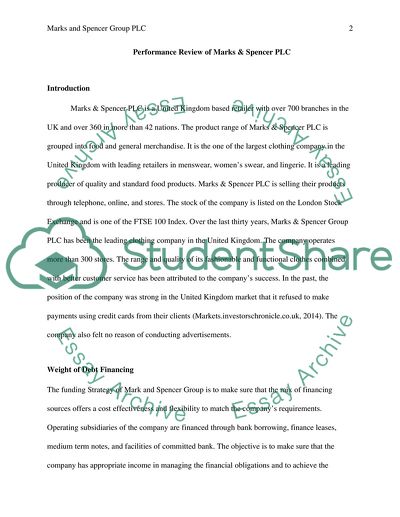Cite this document
(“Marks and Spencer Group PLC Performance Review Case Study”, n.d.)
Retrieved from https://studentshare.org/finance-accounting/1669391-marks-and-spencer-group
Retrieved from https://studentshare.org/finance-accounting/1669391-marks-and-spencer-group
(Marks and Spencer Group PLC Performance Review Case Study)
https://studentshare.org/finance-accounting/1669391-marks-and-spencer-group.
https://studentshare.org/finance-accounting/1669391-marks-and-spencer-group.
“Marks and Spencer Group PLC Performance Review Case Study”, n.d. https://studentshare.org/finance-accounting/1669391-marks-and-spencer-group.


